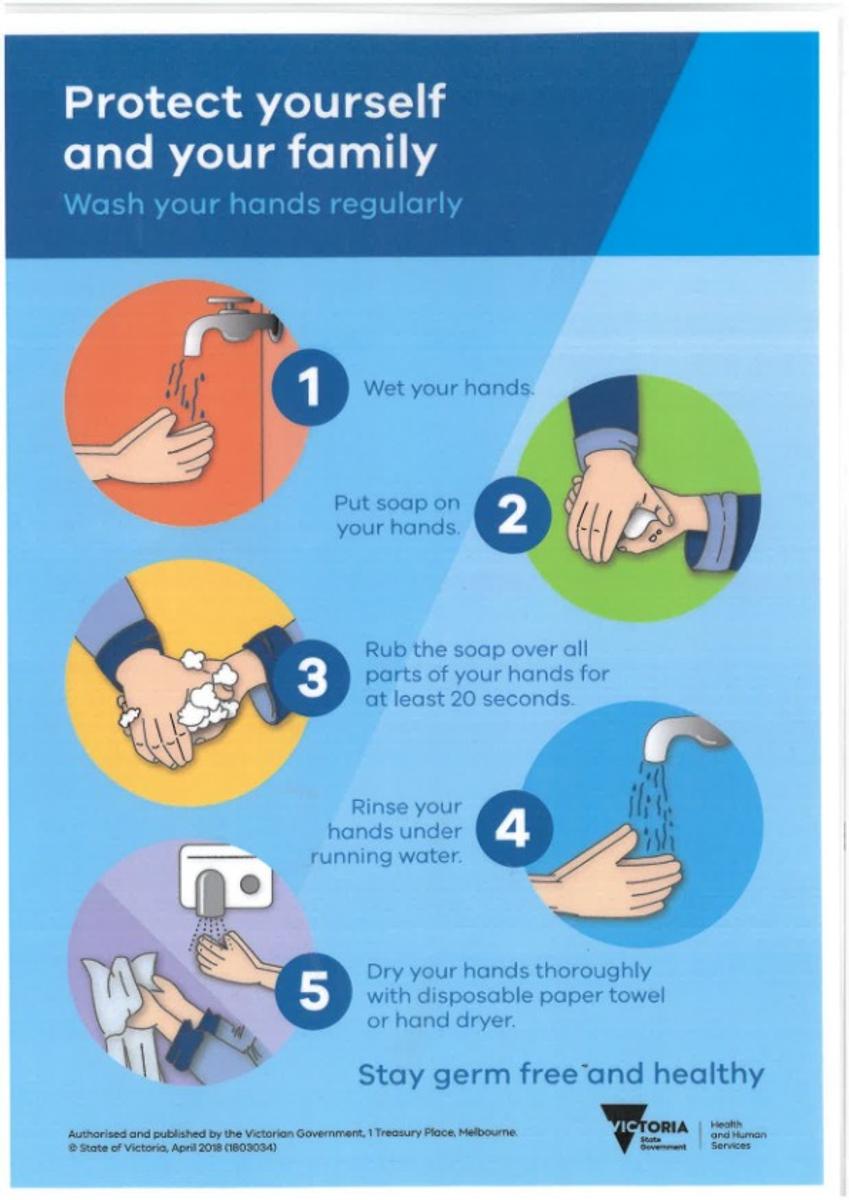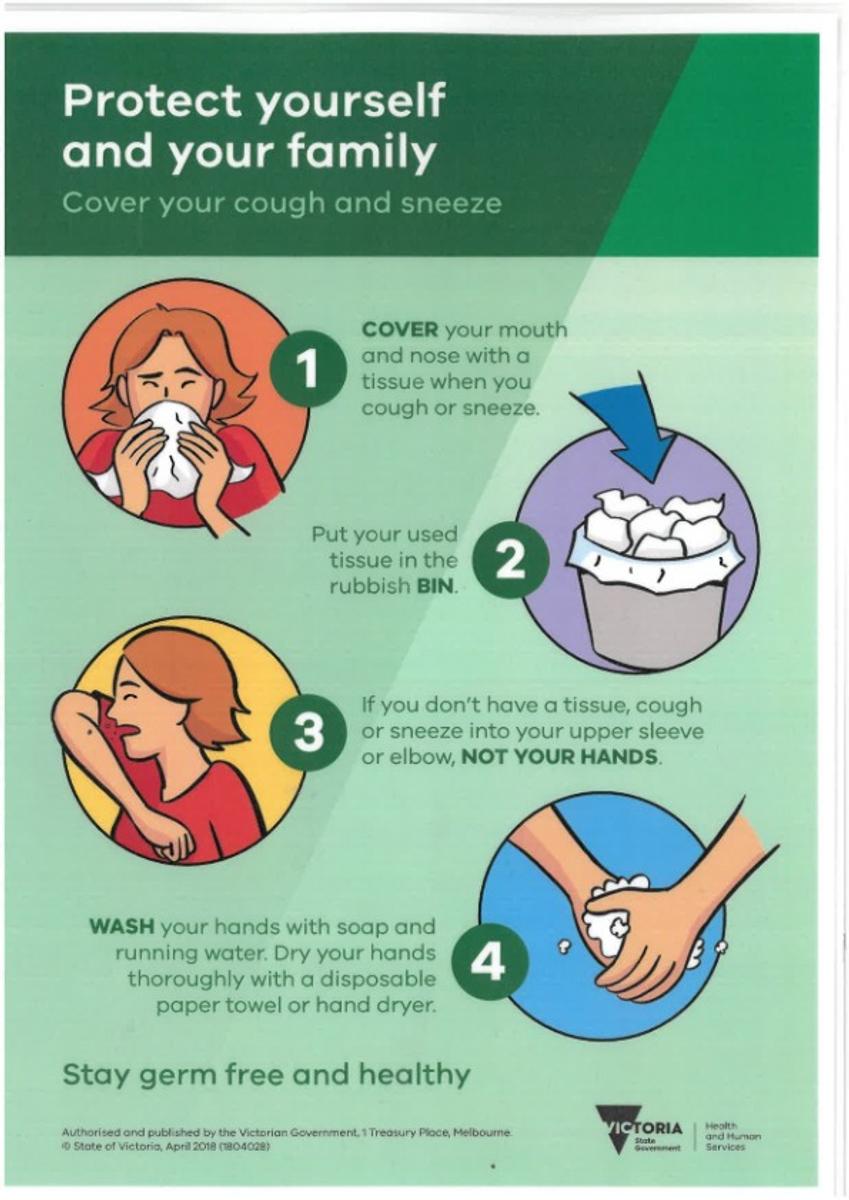Health

Coronavirus COVID-19
Help protect yourself and your family by following some simple hygiene rules.
Head Lice
Head Lice don't discriminate! Please check your child's head and treat any unwelcome visitors promptly.
- Head lice have been around for thousands of years
- Anyone can catch head lice.
- Using the conditioner and comb method once each week will help your family control head lice.
- Head lice do not generally carry disease.
Direct contact is required for transmission from person to person. Lice will crawl from head to head without discrimination.
Head lice facts
Head lice do not have wings or jumping legs, so they cannot fly or jump from head to head. They can only crawl.
People catch head lice from direct head-to-head contact with another person who has head lice. This can happen when people play, cuddle or work closely together. Head lice are most common among children and their families.
If your family has head lice, tell anyone who has had head-to-head contact with them, so that they can check and treat their family if needed. There is no need to treat the whole family, unless they also have head lice.
Concentrate on treating the affected person’s head. There is no evidence to suggest that you need to clean the whole house . The only linen that requires changing is the affected person’s pillowcase. Wash it in hot water (60ºC) or dry it in a clothes dryer set to warm or hot.
Itchiness may not disappear immediately after treatment. Persistent itch without evidence of persistent infection is not a reason to repeat the treatment. There are other reasons why your scalp might feel itchy.
For more information see
https://www.betterhealth.vic.gov.au/health/conditionsandtreatments/head-lice-nits


